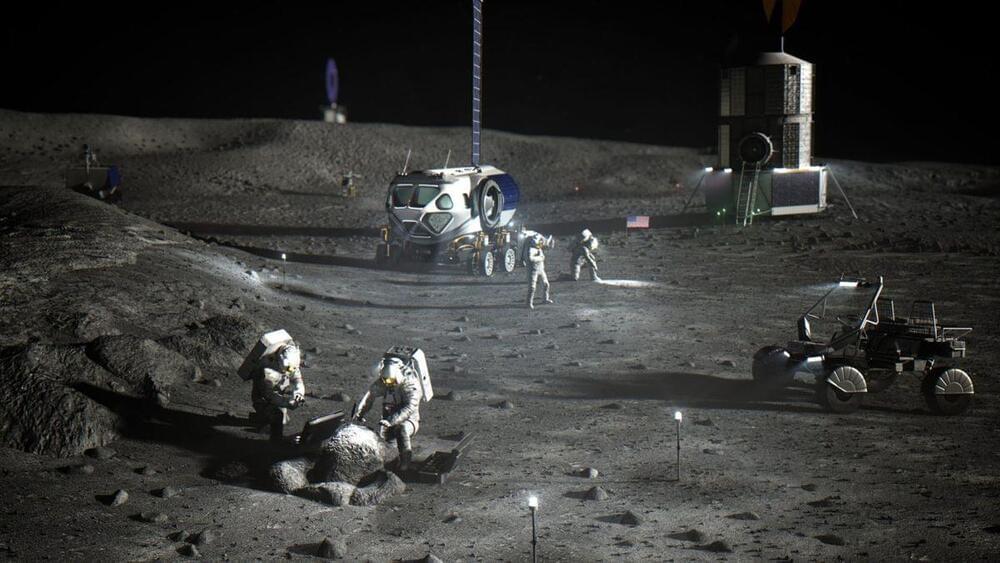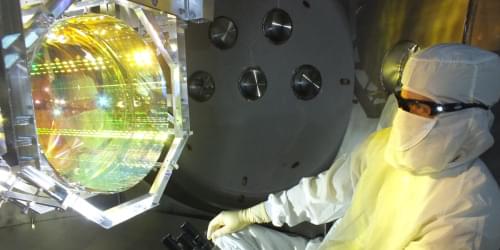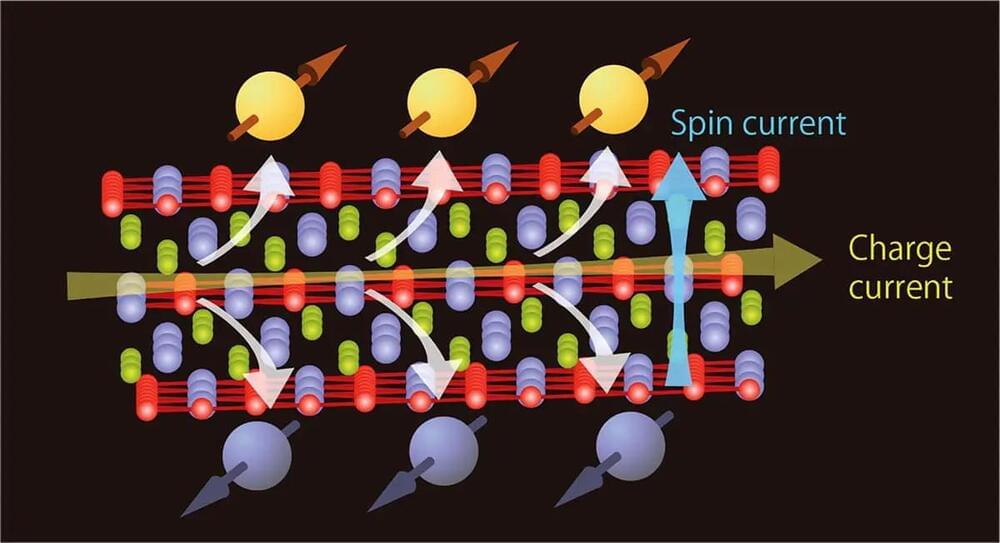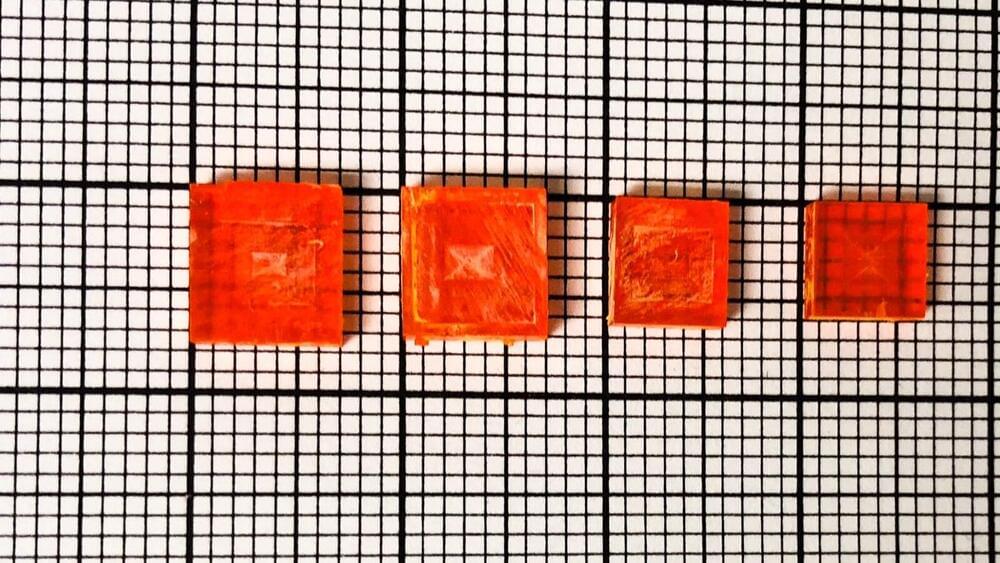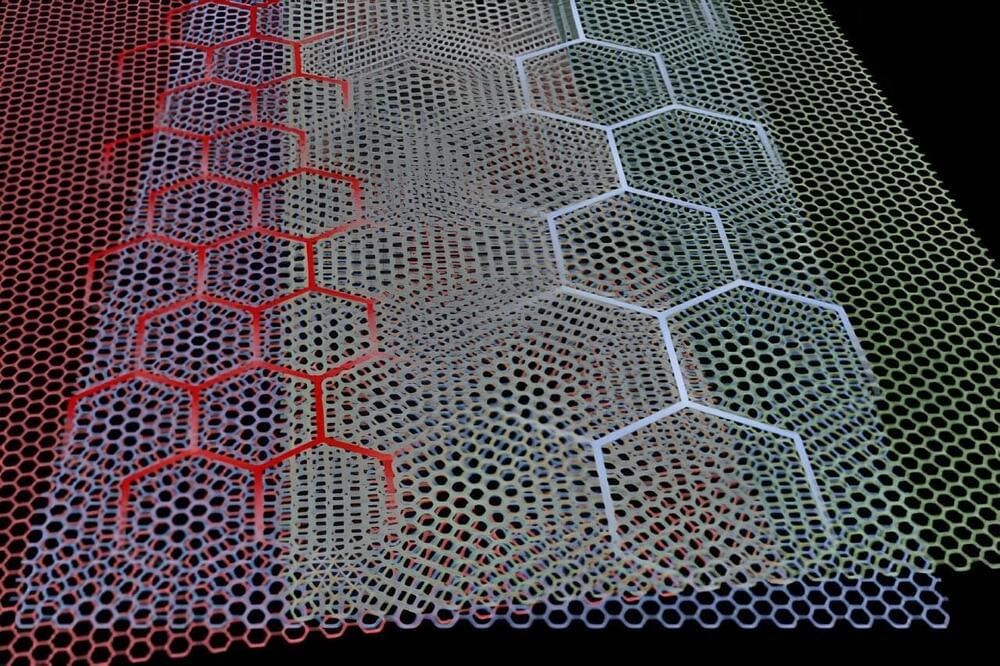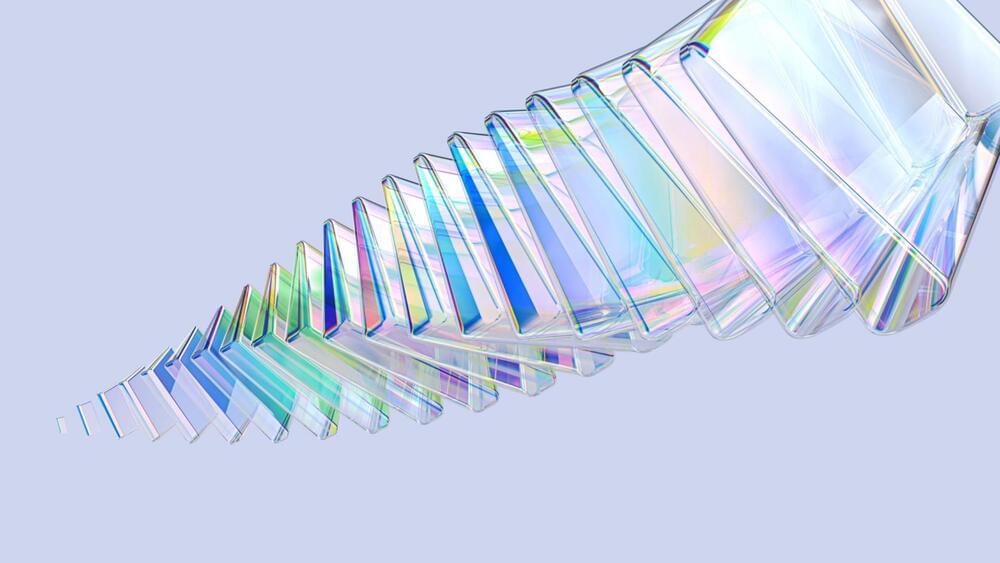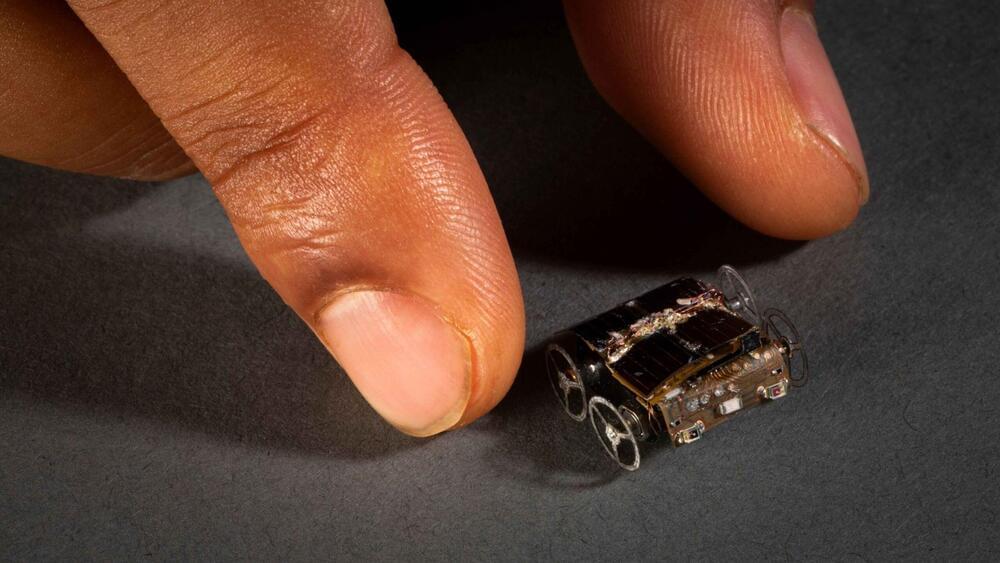Oct 5, 2023
“Unusual” Findings Overturn Current Battery Wisdom
Posted by Paul Battista in categories: innovation, materials
Scientists have made a significant breakthrough in understanding and overcoming the challenges associated with Ni-rich cathode materials used in lithium-ion batteries.
While these materials can reach high voltages and capacities, their real-world usage has been limited by structural issues and oxygen depletion.
Their study revealed that ‘oxygen hole’ formation – where an oxygen ion loses an electron — plays a crucial role in the degradation of LiNiO2 cathodes accelerating the release of oxygen which can then further degrade the cathode material.

